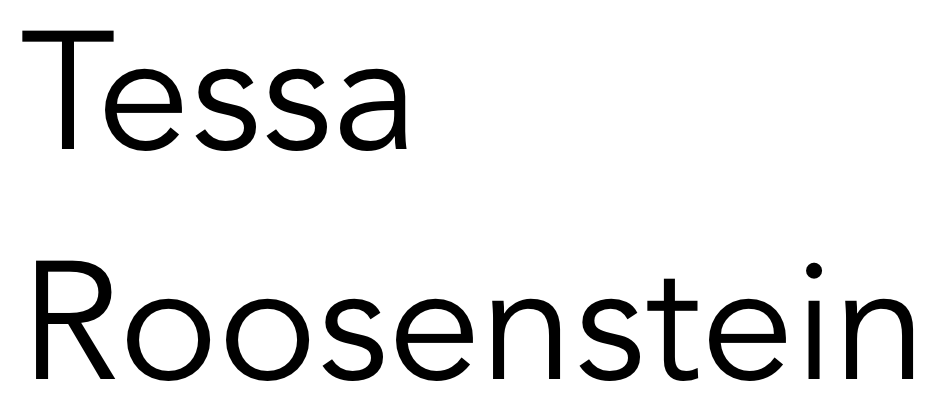Ik ben al wakker
?ewish diasporic futurism embraces the clichés that have been commonly referred to diaspora ?ews. It still looks back at the past in order to re-evaluate it, but does not seek liberation from it. Using speculative fiction, it tells stories about the future through a ?ewish diasporic lens. ?ewish diasporic futurism reclaims agency over its identity with arts, science and technology.
In ‘Ik ben al wakker’, I am playing with cyborgian theories in order to develop ?ewish diasporic futurism. The cyborg –the merged entity existing from human and machine– is in this work embodied by the Golem. A Golem is an animated anthropomorphic being created from inanimate matter (like clay or mud). The term ‘Golem’ originates in early ?ewish history and describes the animated ‘being’ that was created from dust and dirt by a Rabbi. One could see the Golem as the first example of a cyborg. According to Donna Haraway, author of ‘A Cyborg Manifesto’, cyborgs can question and problematize social constructs as gender, nationality and race, as the nature of the cyborg is post-gender, post-nationality, post-race, and so on. Due to the transformative power of the cyborg, other stories and scenarios about the past, present and future are made possible. A cyborg or a Golem could be seen as inhuman, originless, nationless. In addition, The Golem could function as a metaphor for the radically inhuman subjectivation of the ?ewish people during the Holocaust. ?ews were seen, just als Golems, as radical inhuman objects and as rootless beings. Furthermore, the Golem could function as a metaphor for the women in orthodox ?ewish culture. In Talmudic literature, the word “Golem” means “unformed substance”, and is associated with women. The unmarried woman is called a Golem, since she is considered to be incomplete until she is married. Thus, the ?ewish female is Golem by nature.
In order to implement cyborgian theories in the discourse of ?ewish diasporic futurism, I am exploring issues of memory and cyborg narrations. One way to do this is by experimenting with the construction of schizo-narratives. This is an editing technique in which fragments of interviews are reorganized to create unexpected and non-linear narratives, as Emmanuel Spinelli states in his PhD ‘Composing with Schizo-narratives and Sonic Chorographies’. For Ik ben al wakker, I created a script and read it out loud, representing the Golem. The poem contains words of the novel ‘The Metamorphosis’, written by Franz Kafka. The nature of Kafka’s prose is peculiar, uncanny, full of ambiguity. As Adorno wrote, the character of Kafka’s narrative world is like a “permanent déjà vu” or as “a deranged cosmos”. In ‘The Metamorphosis’ protagonist Gregor Samsa wakes up one morning to find himself transformed into a “monstrous vermin”. This novel relates in great extent to my exploration of memory and (cyborg/Golem) narratives, so I picked random words to create the poem with. The words that came out were: wachtwoorden (passwords), voeten (feet), wakker (awake), and lichaam (body).The resulting voice sounds uncanny; it causes an unexpected feeling.
The video shows subtitles against a black background. The voice and the poem leave all space that is left empty. The echoing sound and the uncanny long pauses create a ‘palpable presence of absence’ and thus emphasizing the history of radically inhuman subjectivation, but leaving space ‘open’ for future stories as well.
English translation of Ik ben al wakker:
i have been awake my body feels rotten
my feet tired they haven’t forgotten
my passwords are quiet not worth to keep
my leaking memory is the history thief
